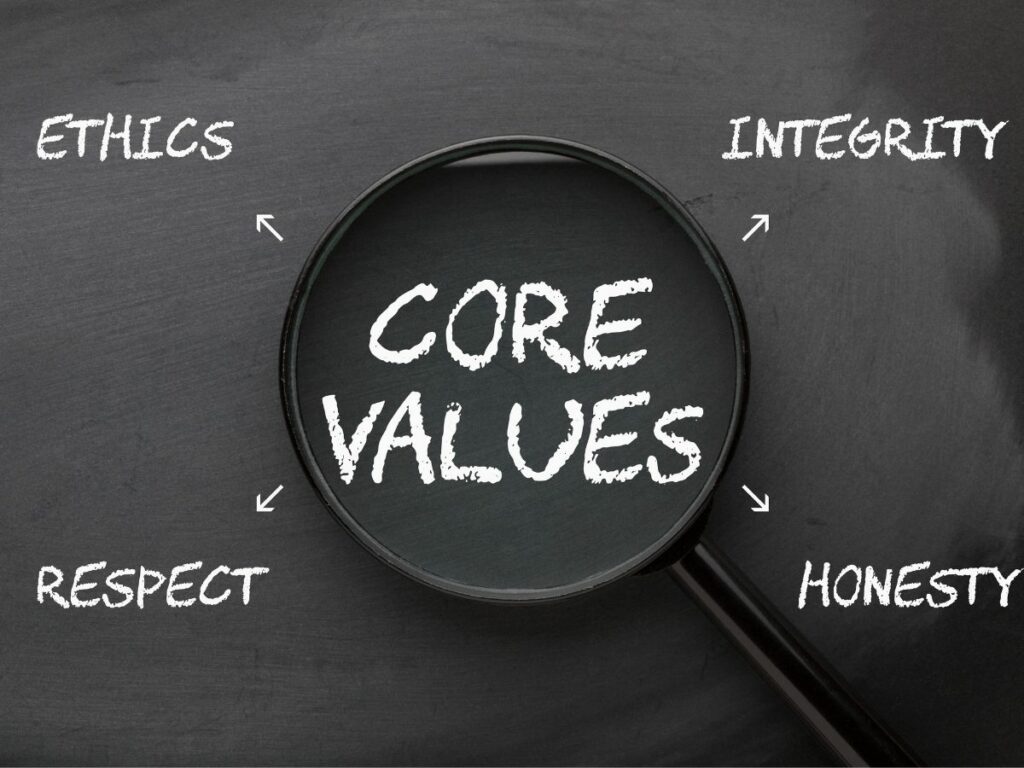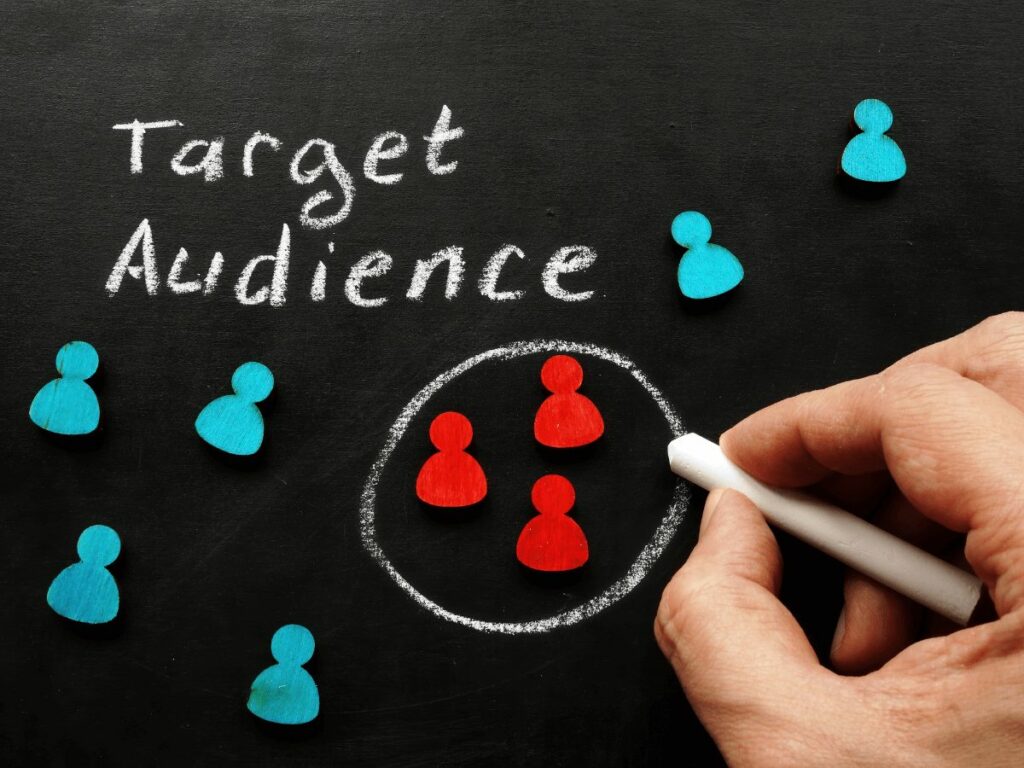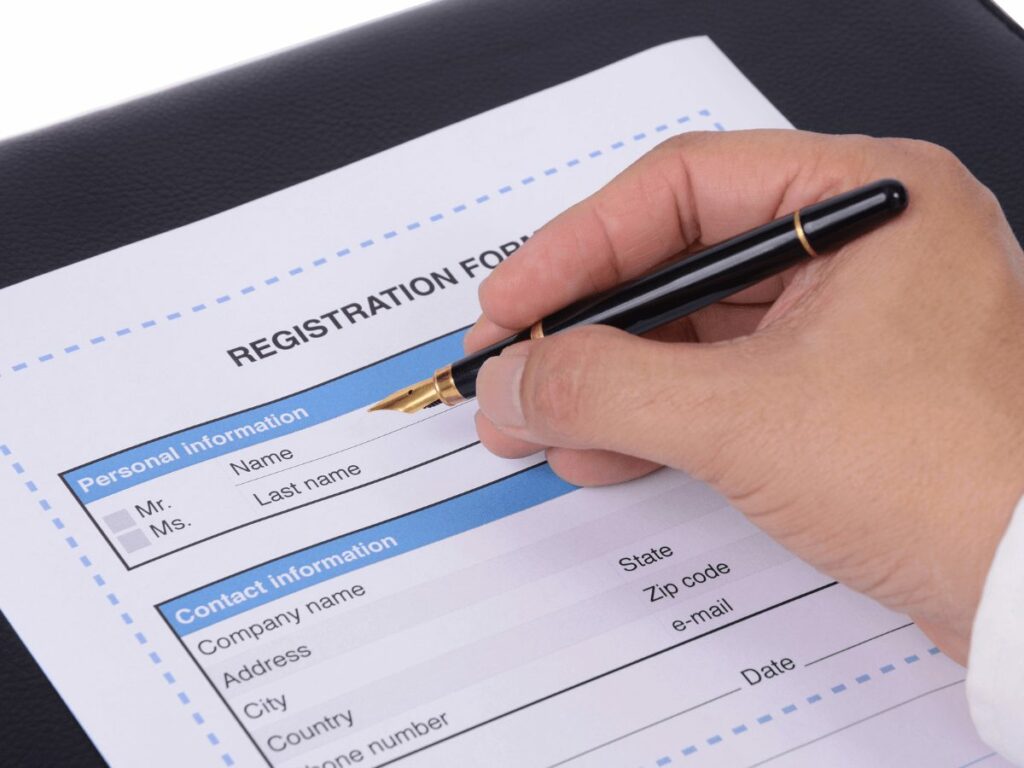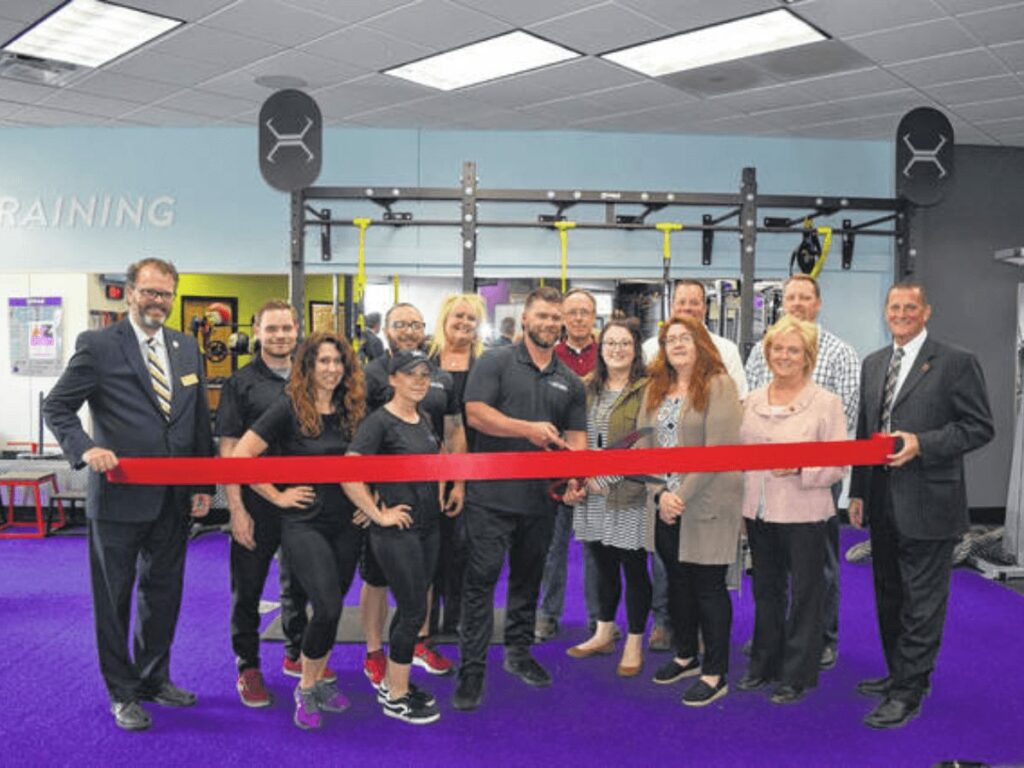Are you a gym owner looking to create a comprehensive business plan for your functional training gym? What is the highest gym revenue? With the rapid growth of gym businesses today, it is important for you to plan every step and action that you will be taking before you start building your dream gym.
As a gym enthusiast, to build a successful functional training gym business plan, it is crucial to have a passion for fitness and a dedication to hard work. From defining your target audience and analyzing the competition, to creating a marketing strategy and setting financial goals, we’ve got you covered.
In this 10-step guide, we’ll cover everything you need to know to build a successful gym business plan. Whether you’re a seasoned gym owner or just starting out, this guide will help you create a roadmap to success.
So, let’s get started in bringing your business to the highest level of success!
Table of Contents
- Step 1: Define Your Mission and Vision Statement
- Step 2: Conduct a Market Analysis
- Step 3: Determine Your Services and Pricing
- Step 4: Define Your Marketing Strategy
- Step 5: Develop Your Operational Plan
- Step 6: Create Your Financial Plan
- Step 7: Choose a Legal Structure and Register Your Business
- Step 8: Secure Financing for Your Gym Business
- Step 9: Build Your Gym and Equip it for Success
- Step 10: Launch Your Gym and Evaluate Performance
- Conclusion
Step 1: Define Your Mission and Vision Statement
Your mission and vision statement should reflect your brand and be unique to your business. Take the time to craft a statement that accurately represents your goals and values. To define your mission and vision statement for your functional training gym business plan, you can follow these steps:
Identify Your Core Values
Think about what values are most important to you and your business. These values should reflect your beliefs, principles, and ideals. For a functional training gym, some examples of core values might include community, health, wellness, and fitness.

Determine Your Purpose
Ask yourself why you are starting this business. What do you hope to achieve with your functional training gym? What problems are you solving for your customers? Your purpose should align with your core values and reflect the needs of your target market.
Create Your Mission Statement
Use the information from steps 1 and 2 to create a concise statement that describes the purpose of your business. Your mission statement should be clear, specific, and memorable. An example of a mission statement for a functional training gym might be “To empower our community to achieve their health and fitness goals through effective, personalized training.”
Develop Your Vision Statement
Your vision statement should be a statement of your long-term goals and aspirations for your business. It should describe the future state that you hope to achieve through your business. For a functional training gym, a vision statement might be “To be the premier fitness destination in our community, providing unparalleled service, expertise, and results.”
Step 2: Conduct a Market Analysis
A market analysis is a process that helps you understand your target audience, effective engagement strategies, and ways to improve conversions. It is a crucial step in creating a successful business plan as it helps you make informed decisions and tailor your marketing efforts to your customers’ needs. Here are some steps to help you conduct a market analysis for your functional training gym business plan:
Define Your Target Audience
To effectively reach your target audience, it’s important to understand not only their demographic characteristics like age, gender, and income level but also their psychographic traits such as their values, interests, and lifestyle. By gaining insight into their fitness goals and experience, you can tailor your marketing efforts to speak directly to their needs and desires, establishing a deeper connection with your ideal customer. I know that this personalized approach can help create a strong and loyal customer base, and ultimately lead to the success of your fitness business.

Research Your Competition
Identify your competitors and research their marketing strategies, pricing, services, and unique selling points. This information will help you differentiate your functional training gym from the competition and position yourself to stand out.
Analyze Your Industry
Understand the fitness industry as a whole and identify trends, opportunities, and threats. This will help you stay ahead of the curve and adapt your business strategy accordingly.
Determine Your Unique Selling Points
Identify what sets your functional training gym apart from the competition. This could be your specialized training programs, state-of-the-art equipment, or expert trainers. Here is the little secret to that, highlighting your unique selling points will help you attract and retain customers.
Set Marketing Goals
Identify specific, measurable, achievable, relevant, and time-bound (SMART) goals for your marketing efforts. This will help you track your progress and make informed decisions about how to improve your marketing campaigns.
Step 3: Determine Your Services and Pricing
Determining your services and its prices, it is important to consider your target audience and what sets your functional training gym apart from others. Research the pricing of your competitors and the local market to ensure that your prices are competitive. Consider offering specialized training programs or unique classes that cater to your customers’ needs and interests.
I will help you determine services and pricing for a functional training gym business plan. Here are a few important steps to follow to ensure success:
Conduct a Cost Analysis
In order to know how much to charge for your services, you need to first conduct a cost analysis of everything that goes into your services. For a functional training gym, this would include factors such as rent, equipment costs, utilities, insurance, and employee salaries. It’s important to look at both direct and indirect costs to get an accurate picture of what it takes to run your business.
Determine Your Value Metric
Your value metric is essentially what you charge for. For a functional training gym, this could be based on the number of classes attended, personal training sessions, or even a monthly membership fee. It’s important to choose a value metric that accurately reflects the value your gym provides to customers.
Examine the Market and Competitors
Competitive pricing requires you to examine the market before you decide how to price your services. Look at other functional training gyms in the area and see what they’re charging for similar services. Consider offering promotions or discounts to entice new customers, but make sure your pricing still reflects the value your gym provides. Try to visit quickbooks and understand how competitive pricing will be beneficial to your gym business.
Continuously Review and Adjust Your Pricing Strategy
Pricing for a functional training gym can be tricky, as costs and market conditions can change rapidly. It’s important to continuously review and adjust your pricing strategy as needed to ensure your gym remains competitive and profitable.

Step 4: Define Your Marketing Strategy
Developing a marketing strategy can help you effectively promote your gym and attract new members. You can create a marketing strategy that effectively reaches your target audience, differentiates your gym from competitors, and drives business growth. So, let’s dive in with your marketing strategies:
Define Your Target Audience
To effectively market your functional training gym, you need to know who your target audience is. Are you targeting athletes looking to improve their performance, or everyday people looking to get in shape? Understanding your target audience will help you tailor your marketing messaging and tactics.
Develop Your Product Offering
Your product offering includes the services and products that your functional training gym provides. Consider developing a unique selling proposition (USP) to differentiate your gym from competitors. For example, your USP might be that your gym offers personalized training plans for each member.
Choose Your Promotional Tactics
Promotion includes any tactics you use to promote your gym to potential customers. This might include social media advertising, event sponsorships, or referral programs. Consider which tactics are most likely to resonate with your target audience.
Set Metrics and Budgets
To determine the success of your marketing strategy, it’s important to set metrics and budgets for each tactic. This might include tracking website traffic or leads generated from social media advertising. Make sure to also set a budget for each tactic to ensure you stay within your overall marketing budget.

Step 5: Develop Your Operational Plan
Embarking on a successful functional training gym business plan requires a well-thought-out operational strategy. Developing your operational plan requires a clear roadmap to achieve your fitness goals. Here are the streamlined processes that you should consider:
Describe Your Services
Start by describing the services and products that your functional training gym will offer. This includes detailing the types of classes and training programs that will be available. Be sure to explain how these services align with your business goals and target audience. Forbes advisor, created a business plan template that you can actually use with your gym business.
Create Processes and Procedures
Develop detailed processes and procedures for all aspects of your functional training gym operations. This includes policies for membership sign-up, class scheduling, equipment maintenance, and staff training. Ensure that these processes are clear, concise, and easy to follow for both employees and customers.
Allocate Resources
Determine the resources that are necessary to run your functional training gym, including equipment, staffing, and marketing materials. Allocate your resources effectively to ensure that you have the necessary tools and personnel to achieve your goals.
Continuously Improve
Develop a culture of continuous improvement by regularly evaluating your processes and procedures. Solicit feedback from employees and customers and use this feedback to make data-driven decisions about your operations. Continuously look for ways to streamline your operations and improve customer experience.

Step 6: Create Your Financial Plan
A financial plan outlines the anticipated expenses, revenue, and profit of the gym over a specific period. This information is crucial in assessing the feasibility of the gym and its potential for success. A well-crafted financial plan should consider the following:
Take Inventory
Start by taking stock of your current financial situation. Create a household balance sheet that lists your assets, liabilities, and net worth. This will help you understand your current financial situation and identify areas where you need to improve.
Set Financial Goals
Identify your short-term and long-term financial goals. Your short-term goals may include covering initial start-up costs, while your long-term goals may include expanding your business and increasing revenue. According to oberlo, you should ensure that your financial goals are specific, measurable, achievable, relevant, and time-bound (SMART).
Develop a Budget
Create a budget that outlines your expected income and expenses. Consider factors such as rent, equipment, employee salaries, and marketing costs. Use this budget as a guide for managing your cash flow and ensure that you are staying on track to achieve your financial goals.
Establish an Emergency Fund
Set aside funds to cover unexpected expenses such as equipment repairs or unexpected dips in revenue. As a fitness enthusiast, I would highly prefer to invest in high quality gym equipment that could last for a year or more without doing any replacements or repairs, so that YR Fitness will be my best recommendation to you. Aim to save at least three to six months’ worth of operating expenses in your emergency fund.
Develop an Investment Plan
Consider investing in your business’s future by putting aside funds for future expansion, marketing campaigns, or new equipment. Research different investment opportunities to determine what makes the most sense for your business.
Step 7: Choose a Legal Structure and Register Your Business
Starting a business requires careful consideration of its legal structure and registration process. Selecting the right legal structure is crucial for ensuring personal asset protection, tax advantages, and operational flexibility. Here are some considerations to keep in mind:
Liability Protection
According writer’s digest, the main benefit of incorporating or creating an LLC is that it provides personal asset protection against business debts and lawsuits. However, for writers or small business owners who are not generating significant revenue, there may be other options that are more appropriate.
Tax Implications
Different legal structures have different tax implications. For example, sole proprietorships and partnerships are taxed differently than corporations or LLCs. Understanding the tax implications of different legal structures can help you make an informed decision on what structure to choose.
Business Goals
The legal structure you choose can also depend on your business goals. If you plan to raise capital through investors or issue stock options to employees, a corporation may be the best option. If you plan to run the business yourself, an LLC or sole proprietorship may be more appropriate. Understanding your business goals can help you choose the legal structure that aligns with your objectives.
Registration Requirements
After choosing a legal structure, you will need to register your business with the appropriate state agency. The requirements for registration can vary depending on the legal structure you choose and the state in which you are registering. It is important to research the registration requirements and ensure you comply with all necessary regulations.

Step 8: Secure Financing for Your Gym Business
When creating a business plan for a functional training gym, securing financing is a crucial step. There are various factors to consider when it comes to financing, and it’s important to approach this process strategically. Here are some things to keep in mind:
Evaluate Your Financial Standing
Before you start seeking financing, it’s important to assess your own financial situation. This includes looking at your personal savings, assets, and credit score. Having a clear understanding of your financial standing can help you determine how much funding you will need to seek and what type of financing is best for your gym.
Your Funding Needs
Once you’ve evaluated your financial standing, you need to determine how much funding you need for your functional training gym business plan. This includes looking at costs such as equipment, rent, marketing, and salaries for any employees you plan to hire. This will give you a clear idea of the amount of financing you need to seek.
Research Financing Options
There are many financing options available for gym businesses, including bank loans, business lines of credit, and crowdfunding. Researching different options will help you determine which ones are best for your gym and which ones you are eligible for.
Seeking Professional Help
Securing financing for your functional training gym business plan can be a complex process, and it’s important to seek professional help if you need it. Consider working with a financial advisor or small business consultant who can help you navigate the financing process and find the best funding options for your gym.
Comparison Table: Financing Options for a functional training Gym Business Plan
Factor | Bank Loans | Business Lines of Credit | Crowdfunding |
Interest Rates | Fixed or variable rates based on credit score and collateral | Typically higher interest rates than traditional loans | Lower interest rates than traditional loans, but platform fees may apply |
Loan Amounts | Higher loan amounts available, depending on creditworthiness and collateral | Smaller loan amounts available, usually up to $100,000 | Smaller loan amounts available, with no upper limit, depending on investor interest |
Repayment Terms | Repayment terms may be longer, up to 25 years | Revolving credit lines with flexible repayment terms | Repayment terms vary, but typically range from 6 months to 5 years |
Collateral | Collateral required, which may include gym equipment, personal assets, or real estate | Collateral may be required, depending on creditworthiness | No collateral required |
Application Process | Can be time-consuming and require extensive documentation | Quick and easy application process, but may require regular financial reporting | Easy online application process, but requires strong marketing and social media presence |
Eligibility | Requires good credit score and collateral, with preference for established businesses | Requires good credit score and established business, with preference for high revenue and cash flow | Open to all types of businesses, with emphasis on innovative and socially responsible concepts |
Professional Help | Banks may offer financial advisors or loan officers to assist with application process | Lenders may offer guidance on credit management and financial planning | Crowdfunding platforms may offer marketing and promotion assistance, but not financial advice. |
Step 9: Build Your Gym and Equip it for Success
When it comes to building and equipping a successful functional training gym, there are several key considerations to keep in mind. Here are some tips to help you get started:
Choose a Location
Look for a space that is easily accessible and has enough room to accommodate all of the equipment and activities you plan to offer. Make sure the space meets local zoning requirements and obtain any necessary permits.
Design The Layout
Create a layout that is functional and efficient, allowing members to move easily between different areas of the gym. Consider the placement of equipment and the flow of traffic. Leave space for stretching and cool-down areas.
Hire Qualified Trainers
Your trainers are the face of your gym and will be responsible for guiding and motivating members. Hire trainers who are certified and experienced in functional training training. Look for trainers who have a passion for fitness and a commitment to helping others achieve their goals.
Step 10: Launch Your Gym and Evaluate Performance
As a gym equipment expert, I emphasize the importance of evaluating a gym’s performance and making improvements to ensure its success. To keep clients satisfied and achieving their fitness goals, it’s crucial to regularly earn new certifications and create personalized workout programs. Simply having the best equipment is not enough, as I learned when I launched my own gym.
Here are some tips to help you launch your gym and evaluate its performance:
Plan Your Launch
When launching your gym, it’s important to plan everything out in advance. You should have a clear idea of your target market, your goals, and how you’re going to achieve them. Create a launch plan that includes all of the necessary details, including marketing and advertising efforts, equipment procurement, and staff recruitment.

Focus on Quality Equipment
Your gym’s success depends heavily on the quality of equipment you have. Invest in high-quality equipment that’s both durable and effective. Make sure that you have enough equipment to accommodate your clients, and consider having a mix of equipment to appeal to a variety of fitness levels. For top graded gym equipment YR Fitness can be your number 1 partner to that.
Hire the Right Staff
Having the right staff is crucial to the success of your gym. Hire trainers who are knowledgeable, experienced, and certified in the specific areas they specialize in. They should also be able to provide excellent customer service and support to clients.
Create a Welcoming Atmosphere
Your gym should be a welcoming and inviting space for clients. Consider adding amenities such as water coolers, TVs, and a sound system to create a comfortable environment. You can also add motivational quotes or posters to inspire clients.
Monitor Your Performance
Once your gym is up and running, you need to monitor its performance to evaluate how well it’s doing. Use metrics such as membership growth, customer satisfaction, and revenue to determine your gym’s performance. You can also ask for feedback from clients to identify areas for improvement.
Do you want to know how YR Fitness manufactures its commercial gym equipment? Then watch this video! This will show you how YR fitness produces top-notch quality gym equipment. See why they were the go-to choice for gyms and gym equipment suppliers.
Conclusion
By following these 10 steps, as a gym owner I can ensure that your business will be successful and profitable. It’s important to start with a clear understanding of your target market and create a plan that caters to their needs. Throughout the process, don’t be afraid to seek out advice and resources from industry professionals to help fine-tune your plan.
Please feel free to contact us for a consultation or a quote. Our expert team are here to help you succeed in your gym’s business goals!
Related articles:






